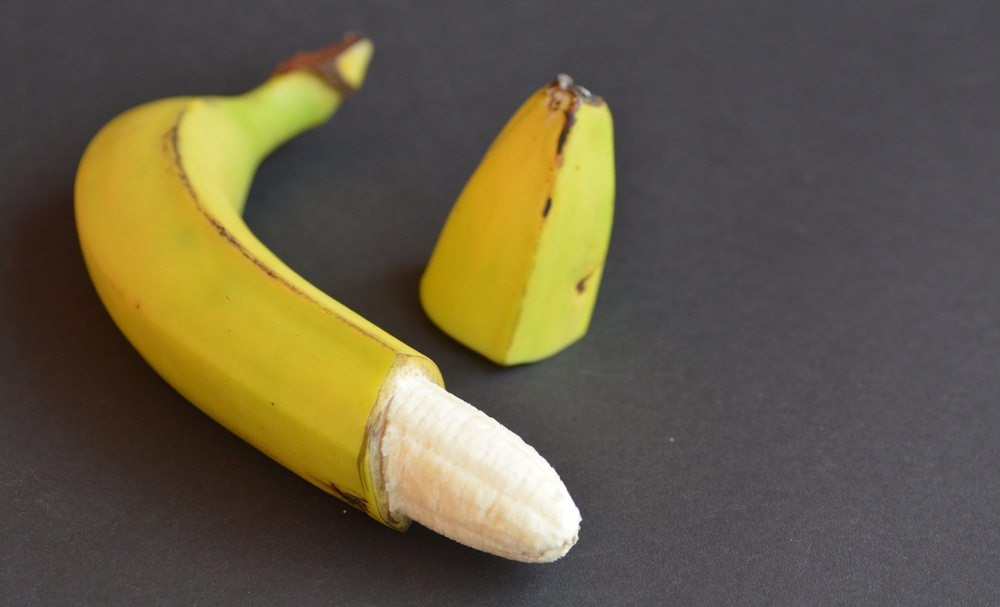Circumcision is a surgical procedure that involves the removal of the foreskin that covers the tip of the penis. This procedure is usually carried out in newborn babies. In rare cases, the male is allowed to grow older before circumcising. The decision to circumcise a baby or not is usually made by their parents, but consent is sought in adult men before the procedure.
However, some factors may be considered before the parent gives consent, this may be as a result of underlying medical issues affecting the baby, religion, or cultural backgrounds. Medically unfit newborns such as premature babies or very ill babies are not circumcised immediately after birth to prevent further complications.
How is circumcision done?
The procedure in newborns may be carried out within 2 days (longer in premature babies) after birth by an ob-gyn. This is usually performed in the hospital nursery treatment room. The baby is placed on a special table and anesthesia (injection or cream) is given to numb the area. The penis is carefully cleaned and a clamp is used to separate the foreskin from the tip of the penis, the foreskin is then cut off. Petroleum jelly is applied and then covered by gauze in order to prevent the skin (glans) from rubbing the diaper. The procedure takes only a few minutes.
You can decide if you would like to be in the treatment room or if you would want to opt-out of being there and your baby returned to you after the procedure. Let your doctor know what you decide.
Related: Newborn Baby Skin Issues – What They Probably Are
Types of circumcision
There are three major types of circumcision. The Gomco clamp, the Plastibell device, and the Mogen clamp. Each of these methods works by cutting off circulation to the foreskin to prevent bleeding when the foreskin is being removed.
Should You circumcise your baby or not?
This procedure has not been medically proven to be compulsory. But some parents are following the steps of their religion or cultural beliefs. If the newborn is healthy, the parent may decide to or decide not to circumcise the child. Some parents also make the decision to circumcise because of its health benefits which include:
- Reduced infection: A circumcised male is known to have a lower risk of Sexually Transmitted Infections and Urinary Tract Infections than uncircumcised men. The foreskin can retain bacteria after having unprotected sex which can cause infection.
- Better hygiene: The foreskin in an uncircumcised male needs extra ‘attention’ when washing or cleaning, unlike the circumcised penis that can be washed more easily.
- Reduced risk of cancer: Penile cancer is rare in circumcised males and the risk of their female partner having cervical cancer is lower than it is in uncircumcised males.
Some parents may also decide not to circumcise their baby, considering the following risk factors:
- Risk of infections: The baby may be exposed to infection during the process if a piece of infected equipment is used, or after the process, if not properly taken care of.
- Loss of blood: The baby may have a bleeding disorder (inability of the blood to clot). Blood loss can affect a child.
- Injury to the penis: The tip of the penis may be injured during the surgery if care is not taken.
- Glans irritation: In babies, this may be caused if the glans is not well moisturized and continuously stick to the diaper.
- Pain: Pain is experienced during the procedure and the time it takes to heal. This includes trouble urination.
- Incomplete removal of the foreskin: If too little skin is removed during the procedure, this becomes less apparent as the child ages. If the skin is uneven or does not look right, a corrective procedure can be done at a later time.
Related: Pooping During Labor: What You Should Know
Recovery after procedure
Healing time is between 7 – 12 days after the procedure. Your baby may be restless and fussy after however, you will be given instructions by the doctor or nurse on how to care for your baby during this time and manage the discomfort he feels.
It is important to keep his diaper slightly loose and apply petroleum-based jelly such as vaseline to the area with each diaper change. You can point your baby’s penis upwards in his diaper to ease swelling. It is normal to see blood 24hrs after the procedure however, always check for active bleeding. The area will still appear bruised for a couple of days after the procedure. This is normal and you should start to see the skin heal in no time.
When should I call a doctor after circumcision?
Contact your doctor if you notice;
- Your baby has troubles urinating
- He is fussy all the time
- The plastic ring does not fall off after 2 weeks of procedure
- There is foul smelling drainage
- Your baby has an unexplained fever
- There’s increased redness, bleeding, or swelling
Circumcision has its pros and cons, although the benefits are more than the risks and because the risks cannot be overlooked, the procedure has not been proven to be compulsory. Some parents decide not to circumcise because they cannot bear to see their baby go through the pain while some male children are allowed to make the decision when they grow older. You can talk to your ob-gyn for help when making this decision.
It is understandable to feel uneasy about circumcising your newborn however, it may help to know that this is a very common procedure and complications hardly ever arise.
Overall, it is important as the parent to make your decision based on your findings and do what you believe is best for your baby.
- How To Revive Your Sex Life After Baby - October 17, 2023
- The Sona App Aims To Make Your Child “Sleep Like A Baby” And We Tested It - May 14, 2023
- 7 Ways To Get Some Alone Time As A Mom - March 1, 2023








